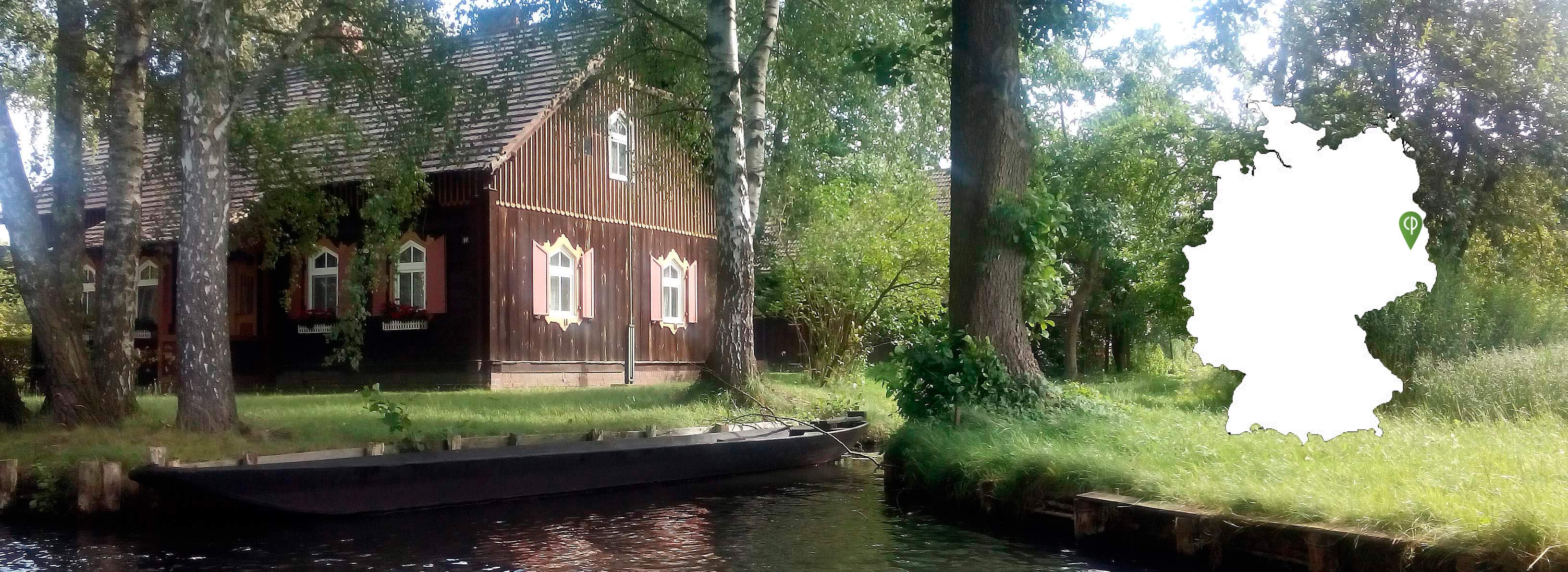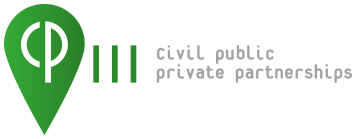
Germany: Biosphere reserve Spreewald
The biosphere reserve Spreewald, situated 100 km south-east of Berlin, covers an area of about 475 square kilometers. It was created in 1990 and was acknowledged the UNESCO status in 1991. Nested within the inland delta of the river Spree, it constitutes a unique landscape in Central Europe. More than 200 small navigable channels called ‘Fließe’ are crisscrossing the area. The natural floodplain provides habitat to a vast number of flora and fauna species, many of them endangered, storks, otters, amphibians and dragonflies among them. In terms of land use, about 30% are arable land, 30% are grassland, and another 30% are covered by forests. In some parts, land management is still done in a traditional fashion as many areas are only accessible by boat which makes it difficult to use modern machinery. Approximately 3% are water areas, so fisheries play also an important role.
Ecosystem service provision relates to provisioning services such as timber and food production (e.g. fish, vegetables), regulating services such as water retention, flood protection and nutrient regulation, as well as cultural services (e.g. recreation and tourism). About 50,000 people live in the biosphere reserve. Descendants of the first settlers to the region, Sorbs and Wends, still live in the region and preserved their traditional language and customs to this day. In terms of governance many approaches overlay which includes command and control approaches (e.g. different regulations with respect to Natura 2000 areas, different types of protection areas), market-based approaches (e.g. agri-environmental programs specifically tailored to the area), as well as collaborative approaches, such as a citizen foundation founded in 2007.

